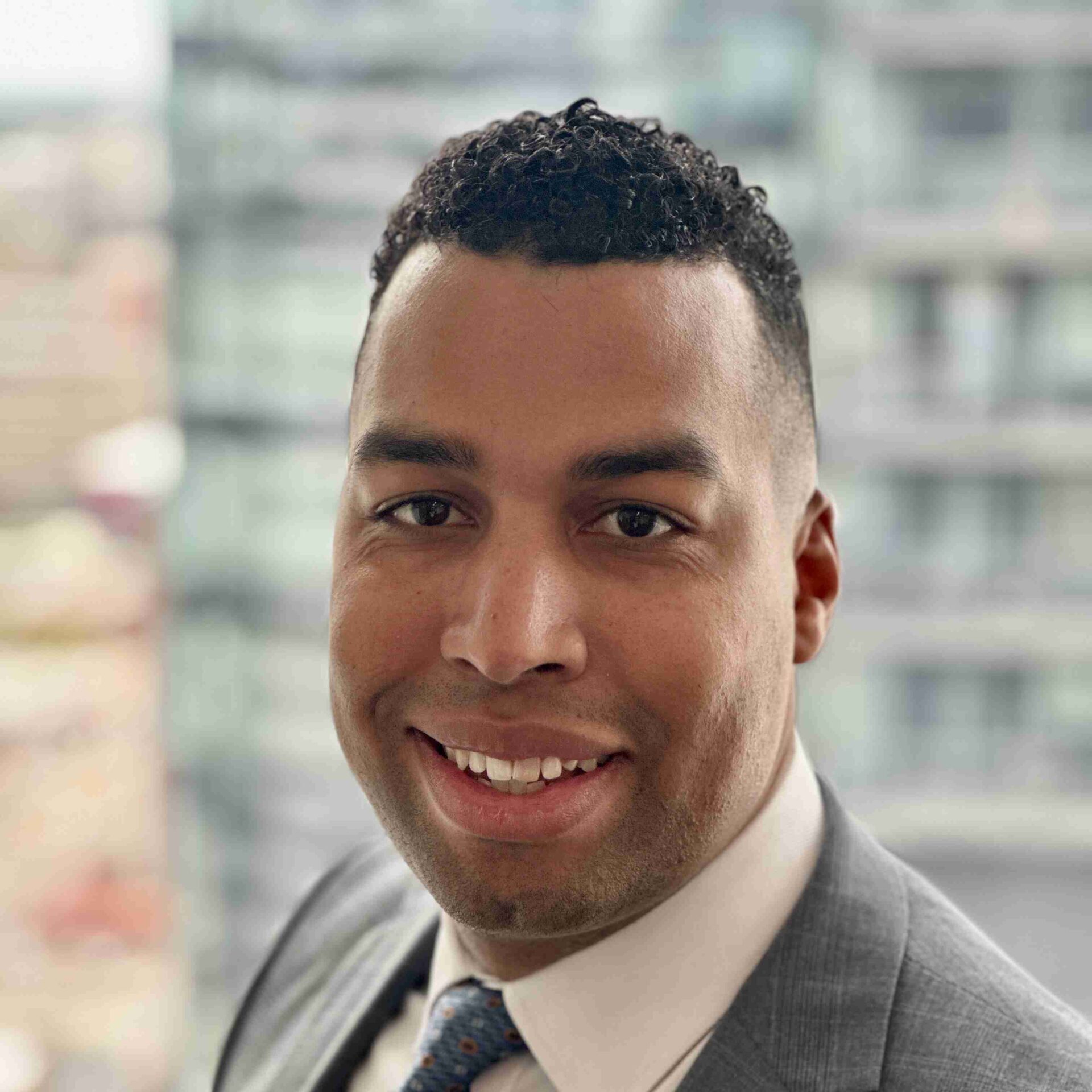The moment funding lands in your business account, it creates excitement, accomplishment, and a strong push to do more. But before spending a single dollar, there’s one mindset shift I always emphasise: you don’t have to spend it all.
Ask yourself, “How much will I save?” It is crucial to go back to your budget (ensure you have one created), goals and priorities to support sustainable spending at all stages of your business.
Timing the Big Buys
Capital expenditures refer to long-term assets you own, such as buildings, equipment and investment products. These items depreciate over time, meaning they’re not fully deductible in the year they’re purchased. Spending on long-term assets signals long-term commitment and discipline in implementing your strategy. Spending with a focus on generating increased return, profits, cash flow and reducing risks also signals maturity to investors.
These capital expenditures need to be timely and tied into the timing of your strategy, cash flow and goals. Consider the tax implications as well. Explore the cash flow impact of capital expenditures, lease or buy. Some capital expenditures can be delayed to meet operating expenses; this depends on your stage, strategy, environment and stakeholder needs.
A word of caution: not all operating expenses are flexible. Always explore how they can be reduced or eliminated. Are they adding value? For example, how can we get a lower insurance policy, phone plan or utility bill? Always consider tax implications, timing of spending, return on spending and opportunities to reduce spending.
Managing Everyday Expenses
Operating expenses include salaries, marketing, rent, and services that may be deductible in the year incurred. Focus on those direct costs that lead to sales: labour, parts, materials, and goods to be resold. Indirect costs, such as marketing, may not lead directly to sales, hence the need to be cautious as you spend.
Common red flags include spending on excessive marketing, office furniture, or brick-and-mortar locations too early, as well as spending with no direct return that cannot be traced. Assess both your spending and lack of spending on key areas that drive compliance, reduce risks, and enhance profits, such as training, taxes due, and accounting.
Personal withdrawals should never be treated casually, with or without business funding. They should be recorded correctly to ensure business expenses are captured accurately, profits and taxes are calculated correctly, and operations are properly managed.
Habits That Build Stability
Financial habits that help founders scale successfully include:
- Not relying on multiple bank accounts to “plan”
- Using key systems + processes
- Monthly reviews-understanding your numbers/reports
- Using key metrics/KPIs
- Using cashflow plans, business plans, budgets, strategic plans (all the plans 😁)
These habits signal maturity to investors and prevent overspending on areas that don’t generate measurable returns.
Turning Taxes Into Strategy
Taxes are often the biggest expense in business and the least planned for. Use taxes as a strategy to increase profits, cash flow and reduce risks. Implement tax planning with tax experts in your business. Depending on your operations, you may need several tax experts to legally pay less tax.
Taxes can influence when to purchase or sell capital, how many employees to hire, where to purchase land or buildings, and even how many trainees to bring on, depending on your industry.
If a founder had to choose one area of spending that almost always pays dividends, it should be spending on a credible accountant and tax strategist or expert. These professionals will help you focus on profitable initiatives, cut costs, pay less taxes, reduce risk and build sustainable cash flow.
Some accountants focus on bookkeeping or tax returns, while a CFO-level accountant focuses on costs, profits, planning and risk. Using a bookkeeper solely will not grow your business.
Spend with Purpose
Adopt a continuous improvement principle. Always review and analyse how you can cut expenditures, improve efficiencies, and strengthen systems and procedures. Keep your eyes on the numbers and ensure your actions, goals, and decisions support the strategy. Every expenditure should either increase profits, boost cash flow, or reduce risk.
If I had to give one golden rule for spending investor or grant money wisely, it would be this: spend strategically to boost profits, improve cash flow, and reduce risks. Spend with the principle that all funds used will either increase or decrease your cash flow in the long run. Spend with the intention to always enhance and grow the value of your business.













